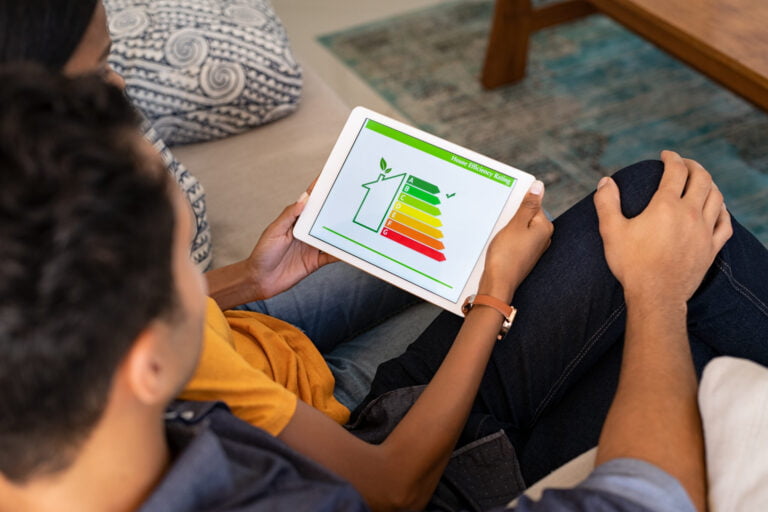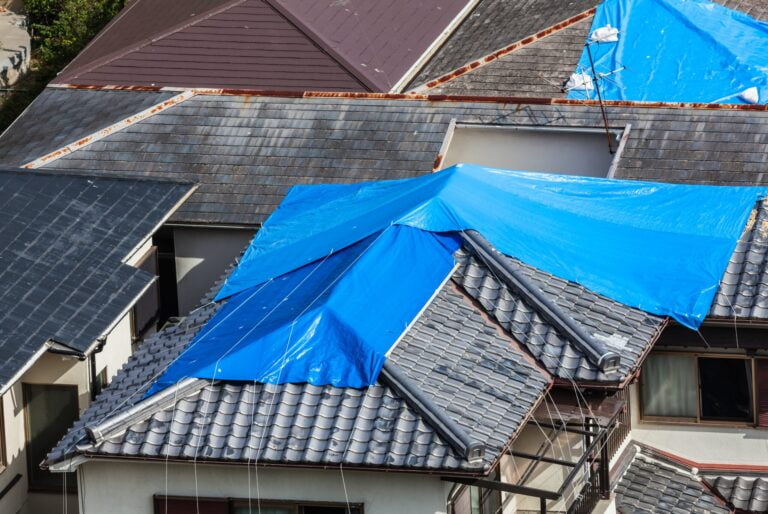There is no doubt that an energy-efficient home is sustainable, cost-effective, and environmentally friendly. It reduces greenhouse gas emissions and conserves our planet’s natural resources. However, many homeowners don’t know where to start when they want to revamp their property. This article explores the strategies you can adopt to transform your home into an energy-efficient haven. If you’re in need of advice, read on to discover how you can play your part in making the world greener, starting from your home.
Embrace Solar Energy
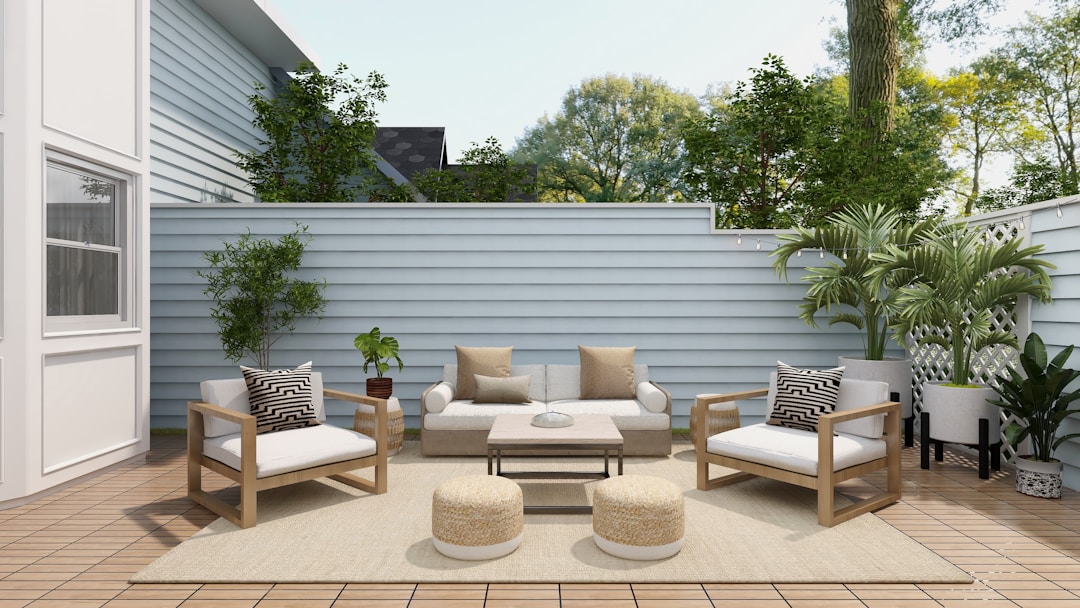
One of the most potent and plentiful sources of energy lies in our cosmos: the sun. Harnessing solar power is a magnificent way to reduce reliance on non-renewable energy sources. Solar panels work by absorbing sunlight and converting it into electricity for your home use. Many people are intimidated by the upfront cost of installing these panels, but it’s worth noting that solar panels are long-term investments that ultimately lead to utility bill savings. Furthermore, some local jurisdictions and governments offer incentives to people who install solar systems in their homes, mitigating the initial installation costs.
All this being said, solar panels aren’t the only way to harness the power of the sun. There are other, more subtle ways to tap into this energy source. One excellent option would be to install solar shades for windows in your dwelling. These unique window coverings regulate indoor temperature by blocking out excessive sunlight, which can result in energy savings, especially during the hotter months. Besides, installing solar shades doesn’t have to be a bland, purely utilitarian decision. On the contrary, solar shades come in a variety of designs and colors, adding an aesthetic touch to your home while saving you some money.
Use Energy-Efficient Appliances
Another key player in energy conservation comes with the choice of appliances you use in your home. Energy Star-rated appliances—including refrigerators, washing machines, dryers, and air conditioners—are designed to operate more efficiently than their traditional counterparts. They utilize less energy for the same functionality, leading to significant savings on electricity bills in the long run. While these appliances may cost slightly more initially, the efficient use of power translates to more savings over their lifespan.
Energy efficiency goes beyond just choosing the right appliances. It’s equally crucial to use them optimally. For example, completely filling the dishwasher or washing machine before running a cycle minimizes the number of cycles you have to run, leading to further energy savings. When it comes to home appliances, investing in energy efficiency is always a winning strategy.
Invest in Proper Insulation
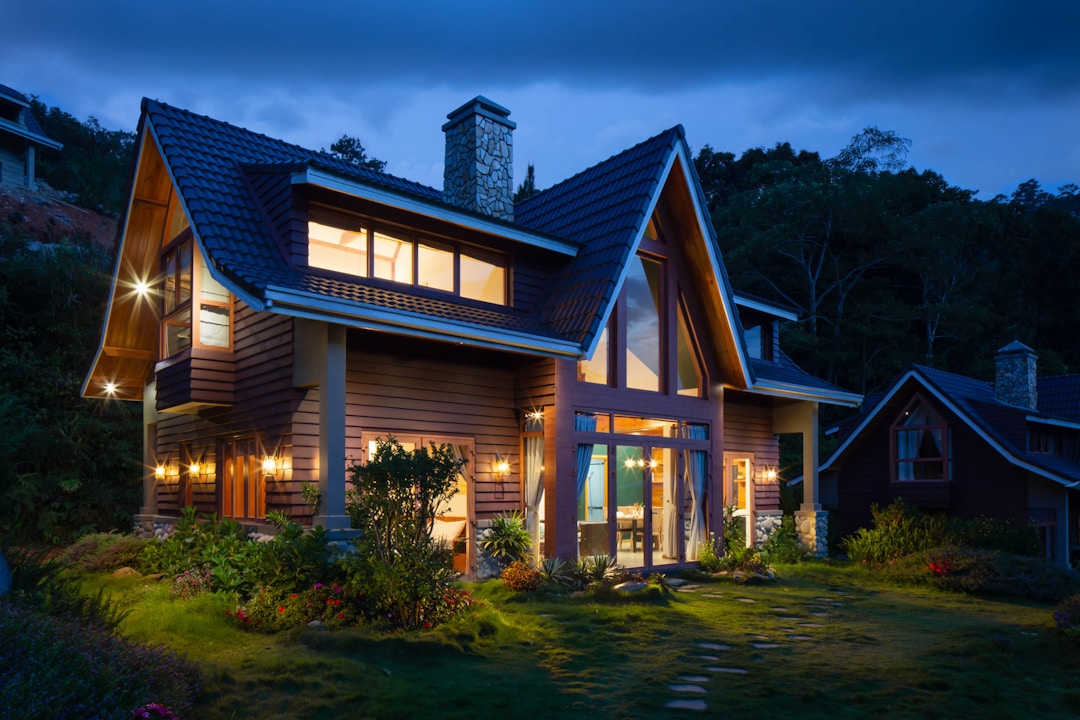
Insulation plays a major role in an energy-efficient home. Proper insulation ensures that your home remains warm during winter and cool during summer, reducing the demand for your heating and cooling units. Insulating walls and attics, sealing ductwork, and choosing energy-efficient windows can dramatically decrease heating and cooling costs while boosting the overall comfort of your home. Insulation comes in various types, including batts, roll-offs, spray foam, and rigid foam boards.
Each type of insulation comes with its pros and cons and is suitable for different areas of the house. It’s advisable to consult a professional to determine the best insulation type for your home. Proper insulation not only keeps your home comfortable but also contributes to a healthier planet. By using less energy to heat or cool your home, you’re reducing the demand for power plants, leading to fewer greenhouse gas emissions.
Consider Energy-Efficient Lighting
Lighting is another area where energy savings can be realized. Switching to energy-efficient lighting options like LED bulbs can dramatically reduce your home’s energy consumption. LED bulbs use far less energy and have a longer lifespan than traditional incandescent bulbs, making them a win-win option for any homeowner. Another way to optimize natural light is by using daylighting techniques, such as strategically placing mirrors and other reflective surfaces to distribute natural light throughout the room.
Don’t forget about utilizing automatic timers or sensor-activated lights. These ensure that lights are only on when required, preventing the wastage of energy when no one is in the room. Efficient lighting practices are a simple way to make your home more energy-efficient.
Practice Energy Conservation Habits

While the methods above focus on altering your home’s physical features, energy conservation also involves changing your lifestyle to incorporate habits that promote energy efficiency. For instance, simple measures such as turning off lights when not in use, unplugging electronics that are not in use, and keeping the fridge and freezer doors closed can collectively result in substantial energy savings.
Moreover, maintaining your heating and cooling systems is needed. Regular maintenance ensures that these systems work efficiently and use minimal energy to provide optimal comfort. Similarly, keeping your appliances in good working condition also helps in conserving energy, as malfunctioning appliances tend to consume more energy than those that operate smoothly.
In the same vein, being mindful of your water usage habits can go a long way. Using efficient washing machines, fixing leaky faucets promptly, and using water-saving showerheads are some measures that can assist. Adopting energy conservation habits is an ongoing process that calls for consistency and commitment from each household member.
Explore Smart Home Technology
The advent of technology has brought about smart home features that make managing energy consumption easier. Innovations such as programmable thermostats, smart power strips, and energy monitors can enhance energy efficiency. Programmable thermostats, for example, adjust temperatures in your home automatically based on your usual schedule, reducing energy waste. On the other hand, smart power strips can detect when a device is not in use and cut off power to prevent energy wastage.
Energy monitors provide real-time feedback on your energy usage, helping you identify and eliminate energy drains in your home. While these technologies may seem daunting to some, they are user-friendly and designed to simplify the process of maintaining an energy-efficient home. By leveraging these smart home technologies, managing your home’s energy usage can become a seamless part of your daily routine.
Opt for Sustainable Landscaping
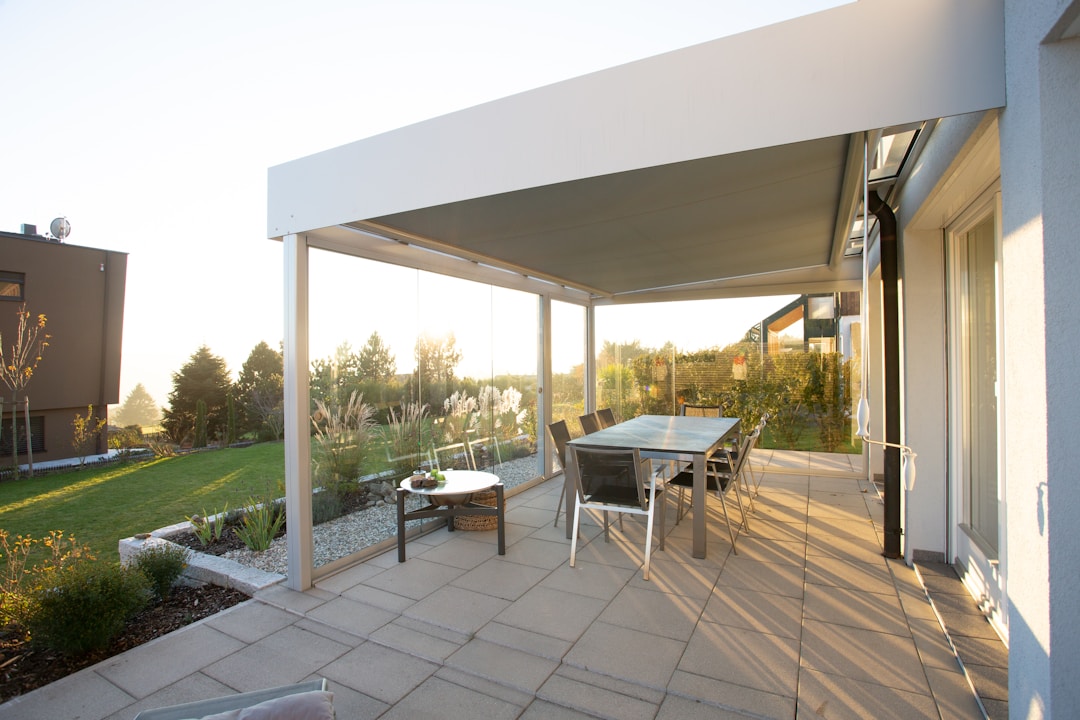
Last but not least, sustainable landscaping is a valuable strategy for energy conservation. Your garden can contribute to energy efficiency by shading your home, reducing the demand for air conditioning, and capturing rainwater for irrigation. Native plants tend to be more resilient and require less water and maintenance, making them an excellent choice for an energy-efficient landscaping strategy. No matter what products you purchase for your exterior, be sure to buy them from a reputable and trusted retailer.
Implementing hardscaping features like pergolas, arbors, and trellises can provide additional shade, reducing the temperature in your home during summer. Conversely, deciduous trees that shed their leaves in winter allow sunlight to warm your house during colder months, reducing reliance on heating systems. Using mulch around your plants can also maintain soil moisture, reducing your garden’s water needs. The use of energy-efficient outdoor lighting, such as solar-powered lights, also contributes to making your landscaping more sustainable.
Altogether, making your home more energy-efficient is a multi-faceted approach involving physical modifications, behavioral changes, and the adoption of smart technology. The benefits of energy efficiency are immense, reducing utility bills, improving home comfort, and contributing to a healthier, greener planet. Whether you’re building a new home or renovating an existing one, embracing these energy-saving strategies is well worth the investment. Remember, every step, no matter how small, contributes towards a sustainable future for all.


